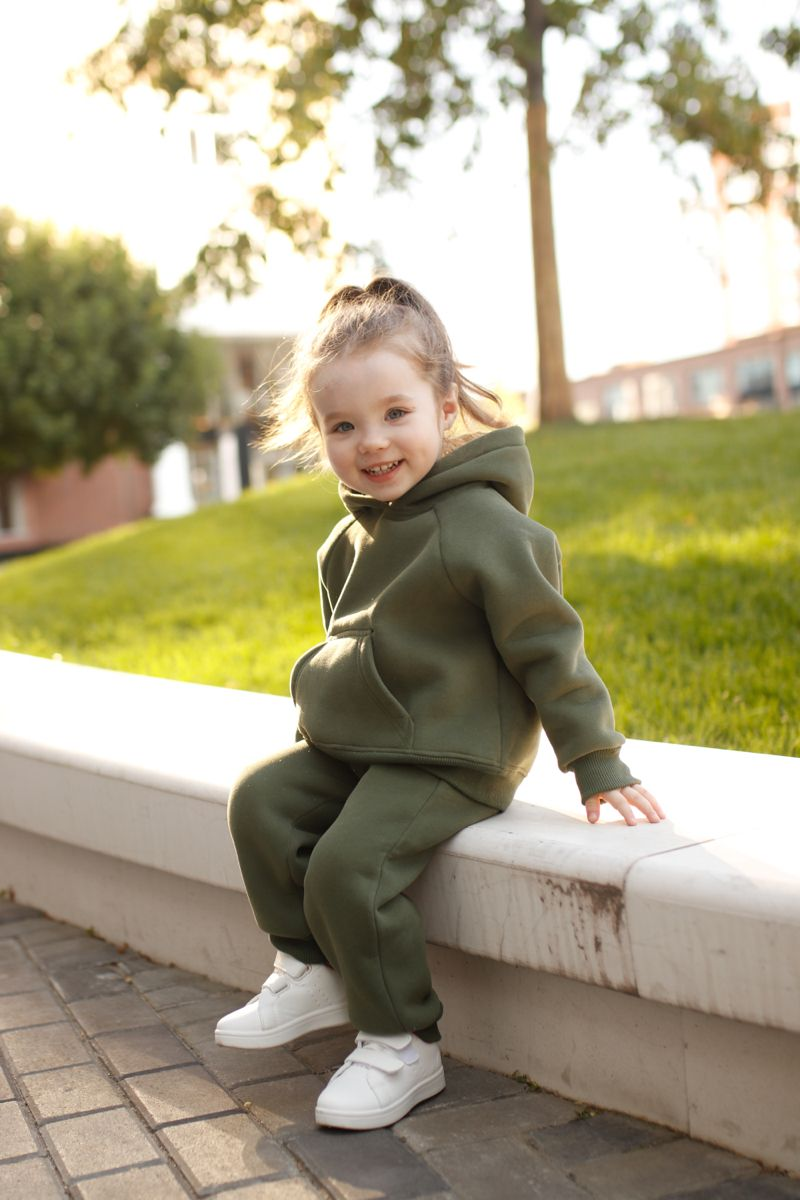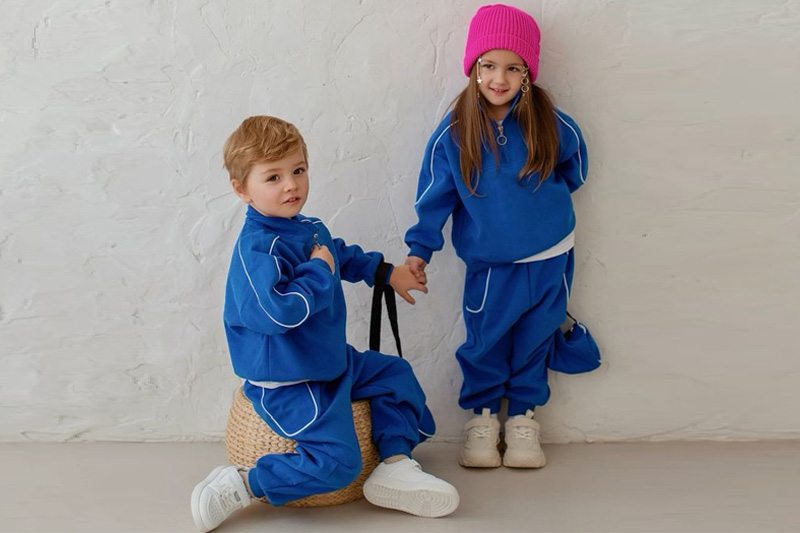When I think of the perfect kids’ hoodie, I don’t picture a runway model—I picture my niece refusing to take hers off even for dinner. That’s the magic we’re chasing: comfort, safety, and style rolled into something a child loves enough to live in, and parents trust enough to buy again.
The key points in designing children’s hoodies are comfort-focused fabrics, built-in safety features, everyday versatility, expressive designs, and long-lasting durability. Soft, breathable materials keep kids comfortable all day. Safety rules mean no loose drawstrings and covered zippers. Versatile styles work for school, sports, and weekends. Playful prints and colors let kids express themselves. And durable construction ensures hoodies stay in shape, even after repeated washes.
Let’s walk through each of these in a way that blends function with a little fun.
Why does comfort come first in kids’ hoodies?
Kids can’t enjoy their day if they’re itchy, sweaty, or constantly tugging at their clothes. I’ve watched a whole playground game collapse because one child’s hoodie had a stiff, scratchy collar.
Soft cotton blends or brushed fleece are ideal for kids’ hoodies because they offer warmth, breathability, and a cozy feel without bulk. Fabrics should stretch just enough to move with kids, not against them.
The comfort equation: fabric, fit, and feel
If you’ve ever seen a kid instantly pull a hoodie over their head and smile, that’s your fabric choice working for you. For cooler months, mid-weight fleece gives warmth without overheating. For year-round wear, lighter cotton-spandex blends feel softer on the skin and hold their shape better.
I like to think of comfort in three layers:
- Fabric softness — No scratchy fibers, no stiff finishes.
- Breathability — Kids move a lot; hoodies should let air flow.
- Stretch & recovery — The hoodie shouldn’t bag out by lunchtime.
| Fabric Type | Best For |
|---|---|
| Cotton-poly blend | Year-round wear |
| Brushed fleece | Cooler seasons |
| Cotton-spandex | Stretch & easy movement |
How do you build safety into hoodie design?
It’s not just about avoiding hazards—it’s about making parents feel at ease.
Follow safety guidelines by removing long drawstrings, adding zipper guards, and using non-toxic dyes. Kids pull, chew, and twist their clothes, so small design details can make a big difference.
I remember a parent telling me how a zipper once caught her daughter’s chin skin—it wasn’t pretty. Since then, I always add a soft fabric flap over zipper ends and make sure toggles are flat and non-removable.
Why should kids’ hoodies work for school, sports, and play?
Parents don’t want a “special occasion hoodie.” They want one hoodie that works everywhere—from classrooms to playgrounds.
Design hoodies with neutral yet stylish cuts, breathable fabrics, and durable stitching so they work for active and casual settings alike. Pockets should be functional, hoods not too oversized, and colors easy to mix and match.
How do designs let kids’ personalities shine?
Kids often choose their “favorite hoodie” based on color and graphics, not just comfort.
Offer a mix of playful prints, bright colors, and subtle styles so kids can pick what feels like them. Graphics can be seasonal (autumn leaves, snowflakes) or timeless (stars, animals). Bonus: bright colors help parents spot kids in a crowd.
What makes a hoodie truly durable?
Because nothing kills a favorite hoodie faster than pilling, fading, or stretched cuffs.
Choose fabrics that resist wear, reinforce seams in high-stress areas, and pre-shrink materials to avoid size changes after washing. Parents notice quality most when it lasts.
Conclusion
A great kids’ hoodie feels good, plays safe, goes anywhere, shows personality, and survives the laundry—week after week. That’s the kind of hoodie kids live in and parents come back for.



